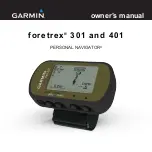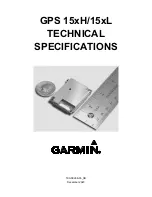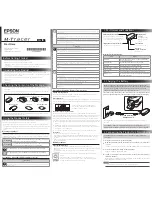
The Safety chapter contains safety information related to the installation
of any MiFleet device.
Personal Protective Equipment
Federal regulations require wearing appropriate Personal Protective
Equipment (PPE). Adherence to this requirement is monitored and
mandated by ’s Environmental Health and Safety (EHS) personnel and
regulated and mandated by the U.S. Department of Labor Occupational
Safety and Health Administration (OSHA). PPE at a minimum, consists of:
·Safety glasses with side shield, meeting the ANSI Z87.1 standards
·Safety shoes, meeting ASTM F2413-05 and ANSI Z41/C75 standards
·Mechanics type work gloves (that is, gloves that are appropriate for
the task to be completed)
·Hard hat, meeting ANSI Z89.1 - Class A, B, and C standards
·High visibility vest, meeting ANSI 107 standards
·Work uniform
Refer to specific instructions within procedures and all applicable MSDS
for additional safety precautions. Check with customers or third-parties
to verify whether they have additional PPE requirements such as fall
protection (full-body harnesses, anchorage point and lanyard), hearing
protection, escape oxygen masks, respiratory protection, flame resistant
coveralls, etc.
Secure/ Stabilize Equipment
Installers and contractors must follow OSHA regulatory requirements
for working on equipment, or parts thereof, which are suspended or
held aloft by use of slings, hoists, or jacks. Whenever the equipment is
parked, the parking brake shall be set. Equipment parked on inclines shall
have the wheels chocked and the parking brake set. Equipment, or parts
thereof, which are suspended or held aloft by use of slings, hoists, or jacks
shall be substantially blocked or cribbed to prevent falling or shifting
before employees are permitted to work under or between them.
Working on Elevated Surfaces
Installers and contractors must follow OSHA regulatory requirements for
working on elevated surfaces. When installers are on the tops or roofs of
equipment, they must employ a fall protection system consistent with
OSHA regulations.
Installers must also check with the customer or third-party persons,
who are in charge of safety at the installation site, for any further
requirements.
Safety Guidelines























